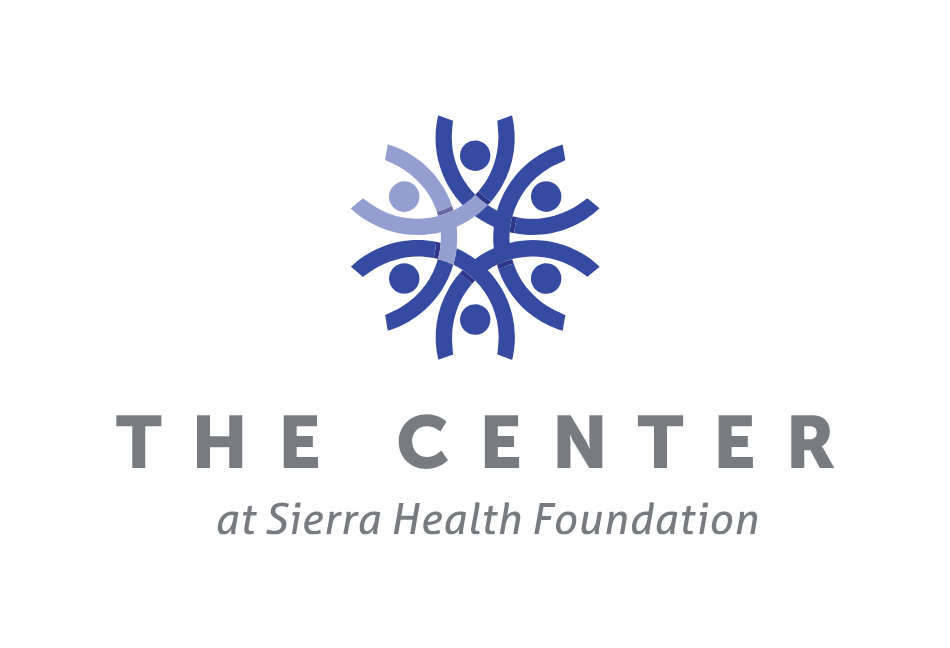Immigration, Health, Housing, Education, Environmental Justice, Land Use and Planning
These issue briefs provide overviews of key challenges facing disadvantaged communities in the San Joaquin Valley. They were developed to help inform the work of the San Joaquin Valley Health Fund’s Policy Committee and other regional health equity advocates. The UC Davis Center for Regional Change produced these briefs with funding from the W.K. Kellogg Foundation. The briefs were authored by Carolyn Abrams, Asiya Natekal and Jonathan London, with editing assistance from Krystyna von Henneberg of Creative Language Works.
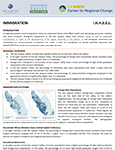
Immigration
Immigration patterns and immigration status are important factors that affect health and well-being, economic mobility and social inclusion. Immigrant populations in the San Joaquin Valley have distinct needs as well as important contributions to make to the development of the region. Recently, a new pattern of anti-immigrant sentiment and crackdowns on undocumented immigrants has made it hard for immigrants to access essential resources and opportunities like health care, education, jobs and legal services.

Health
Significant health threats in the San Joaquin Valley include poor air quality, drinking water contamination, food deserts and limited access to quality health care. Specific groups have elevated health risks due to the barriers they face in accessing care, including linguistic and cultural barriers for immigrants and discriminatory barriers for the LGBTQ community. These factors impact the overall health and well-being of residents, especially low-income people and people of color.
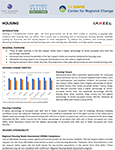
Housing
Housing is a fundamental human right. Yet local governments are all too often unable or unwilling to provide their residents with housing they can afford. This is partly due to prevailing lack of inclusionary housing policies, available funding for financing, and the lasting legacies of racial segregation. To address this problem, best practices involve allocating funding to preserve existing housing stock, and creating new, affordable and high-quality housing.

Education
Educational attainment plays a significant role in shaping upward mobility and socioeconomic status. School readiness, access to quality education, and social support for students and families are factors that can reduce disparities in lifelong educational and economic outcomes. This can improve employment opportunities, health and lifetime well-being.
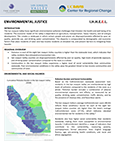
Environmental Justice
The San Joaquin Valley faces significant environmental pollution challenges that threaten the health and well-being of its residents. The economic model of the valley is dependent on agriculture, transportation, heavy industry, and oil and gas development. This creates a landscape in which certain people and places are disproportionately affected by poor air quality, pesticide use and drinking water contamination. This disparity is compounded by demographic and economic factors that place residents of color and low-income residents at elevated risk, and present barriers to mitigating these hazards.
E-mail The Center to request the Environmental Justice Issue Brief.
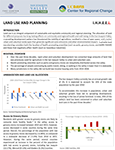
Land Use and Planning
Land use is an integral component of sustainable and equitable community and regional planning. The allocation of land for different purposes has long-lasting effects on community and regional health and well-being. In the San Joaquin Valley, a sprawling development pattern has threatened the viability of agriculture, resulted in a loss of open space, and created urban and suburban landscapes that generate significant auto emissions and other environmental impacts. Equitable land use planning considers both the location of health-promoting amenities (such as parks, grocery stores, and public transit) and those that negatively affect health (such as hazardous industries).
E-mail The Center to request the Land Use and Planning Issue Brief.
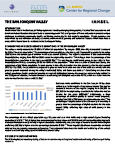
IHHEEL Summary Brief
Health disparities in the San Joaquin Valley region are shaped by changing demographics, historical land use patterns and dominant industrial sectors that contribute to economic growth. This configuration of forces and patterns presents unique challenges in achieving community health, well-being and equity for this region’s population. Health outcomes are determined by a combination of social, economic, environmental, genetic, and behavioral factors. All of these factors create difficult conditions for residents in the San Joaquin Valley.

IHHEEL Issue Brief Data
This slide deck summarizes the data used for the San Joaquin Valley Health Fund IHHEEL issue briefs.
